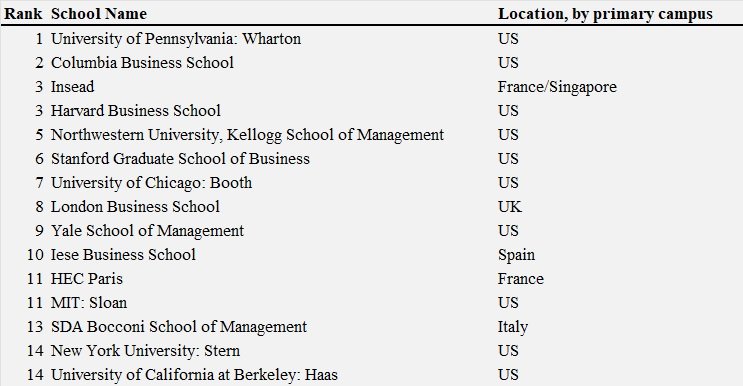A gender pay gap still exists for MBA graduates, but it appears to be shrinking. This is according to a recently released Financial Times analysis. Using data collected through the FT Global MBA Rankings, which collects salary and position information for MBA alumni three years post-graduation, the FT was able to analyze pay equity trends among graduates of ranked MBA programs. The findings indicate that the gender-based pay gap has generally been in decline, with some volatility, since 2007.
The pay disparity among 2022 MBA alumni three-years post-graduation is eight percent. Men earn a median base salary of $137,000, and women earn $126,422. This compares favorably to the 16 percent pay gap for MBA alumni in 2007, which is the first year the gap started to decline more consistently. Moreover, for the 2022 alumni, the MBA played a role in decreasing the gender pay gap; among this group, the pre-MBA pay gap was ten percent, two percentage points higher than post-degree. Conversely, for 2006 MBA alumni the pre-MBA pay gap totaled 11 percent, and then increased to 16 percent post-MBA.
The Financial Times noted that the decrease in the pay gap can be attributed to women receiving higher base salaries in recent years. In fact, for four of the past seven years—2016, 2017, 2020 and 2021—female graduates have received larger salary increases than males. The analysis also points out that these four years are the only years between 2006 and 2022 that women MBA salaries increased more quickly than did men’s salaries. Generally, however, both male and female salaries are now increasing at similar rates.
Other key findings include:
On average, male MBA alumni have risen more quickly and to more senior positions than females every year since 2006.
Male MBA graduates, in both 2007 and 2022, disproportionately pursued careers in higher-paying fields—finance, consulting, and technology—compared to female graduates. The proportion of women in consulting and technology roles, however, has increased between 2007 and 2022.
Men and women report the same primary motivations for entering into MBA programs: career and management opportunities, and increased salary. This has remained consistent over time.
The proportion of MBA alumni, men and women, who feel that they have achieved their goals is similar, particularly for career opportunities. But men are slightly more likely to say that they achieved an increased salary or secured a management role.



